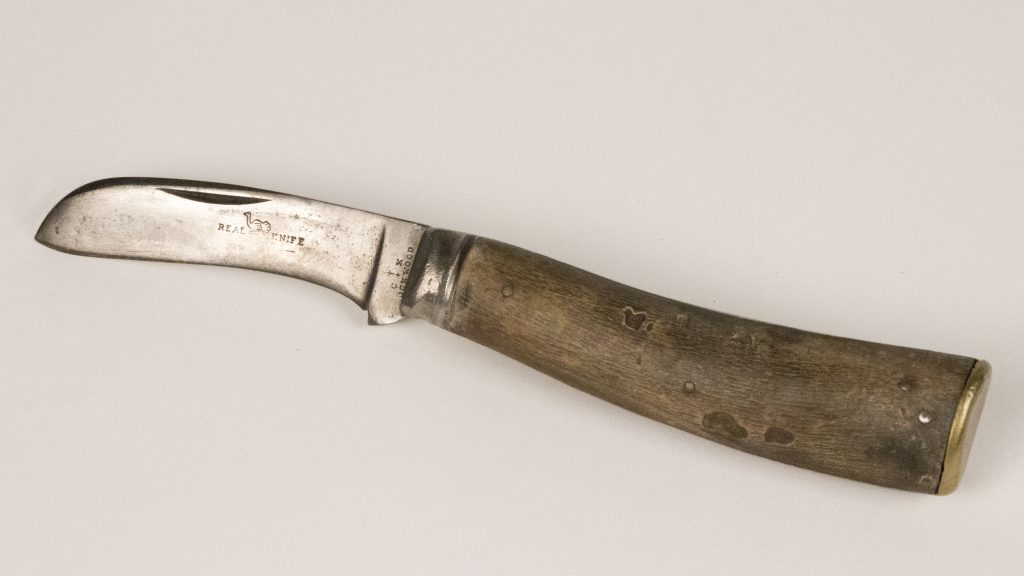
In the late-1890s Charles Packham (1842-1909) found notoriety after developing a new pear variety. Using this plain pruning knife, Packham successfully created the new pear by grafting together a Bell and Williams Pear – it was aptly called Packhams Triumph. The second half of the nineteenth century was a time of growing interest and experimentation […]
Read More…
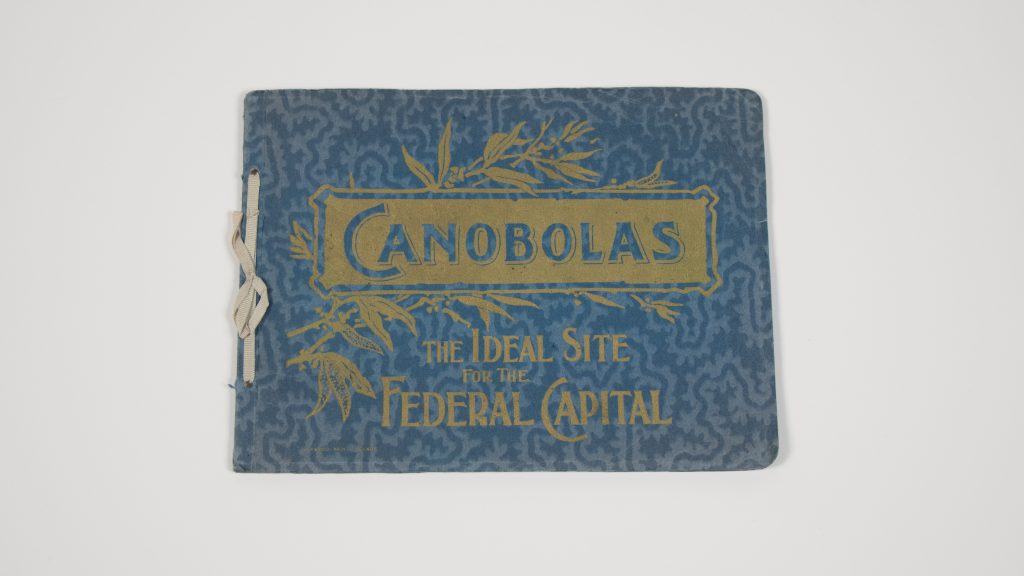
This 1902 booklet shows that the Central West town of Orange was once in contention to become the site of the nation’s capital. This honour eventually went to Canberra. The cover proclaims ‘Canobolas’ as the ‘Ideal Site for the Federal Capital’. An English / Anglicised version of a Wiradjuri word Gnoo Blas and meaning ‘two […]
Read More…
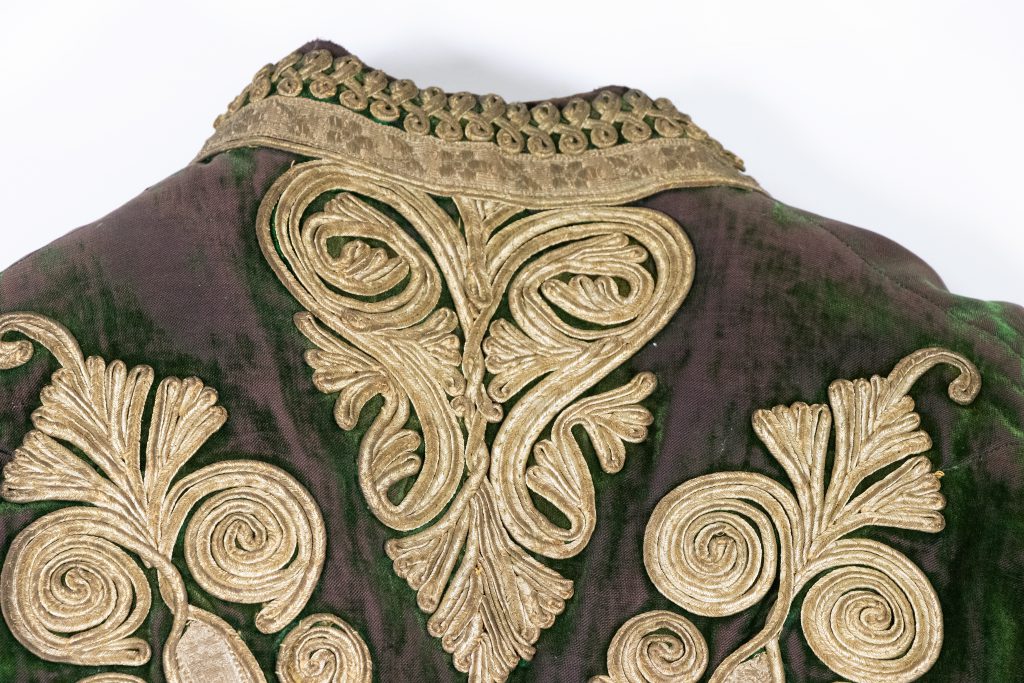
Shamroze Khan was born in 1877 in the Punjabi town of Peshawar, in what was then British-ruled India. In 1905 he moved to Broken Hill where he first worked as a cameleer carting freight to stations in the West Darling area with Zaidullah Fazullah, a fellow Punjabi from Ghorghushti. His new life in Australia presented […]
Read More…
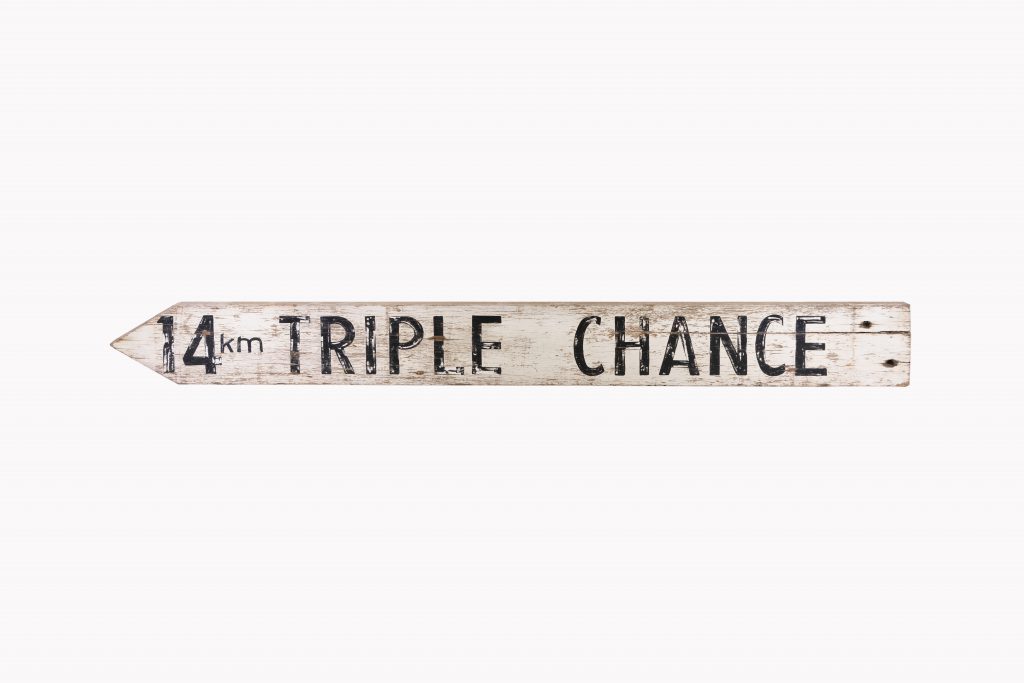
Tess Alfonsi is recorded as Broken Hill’s first woman miner – a designation that is all the weightier given the historic domination of mining by men. She worked the Triple Chance Mine with a hammer-tap drill, hid a pistol in her skirt when she paid the wages and protected her mine from claim jumpers with […]
Read More…
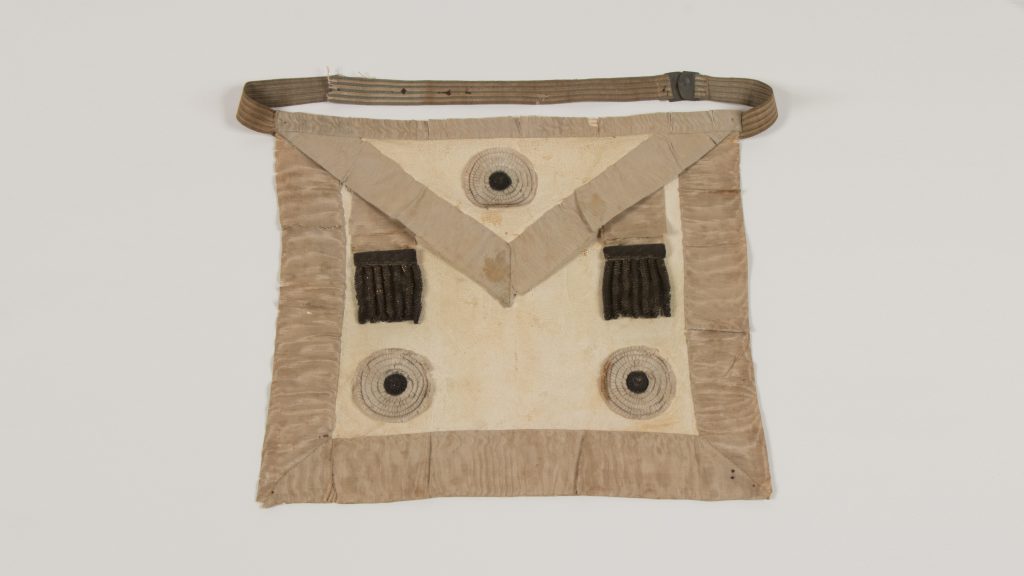
This decorated apron is typical of the regalia worn world-wide by the Freemasons, and from the early eighteenth century. This era saw Freemasonry evolve from a craft-based fraternity exclusive to freemasons, to a moral-based organisation exclusive to men. Freemasonry, resembling this historic change, was transported to Australia by British-origin migrants in the late-eighteenth century. Throughout […]
Read More…
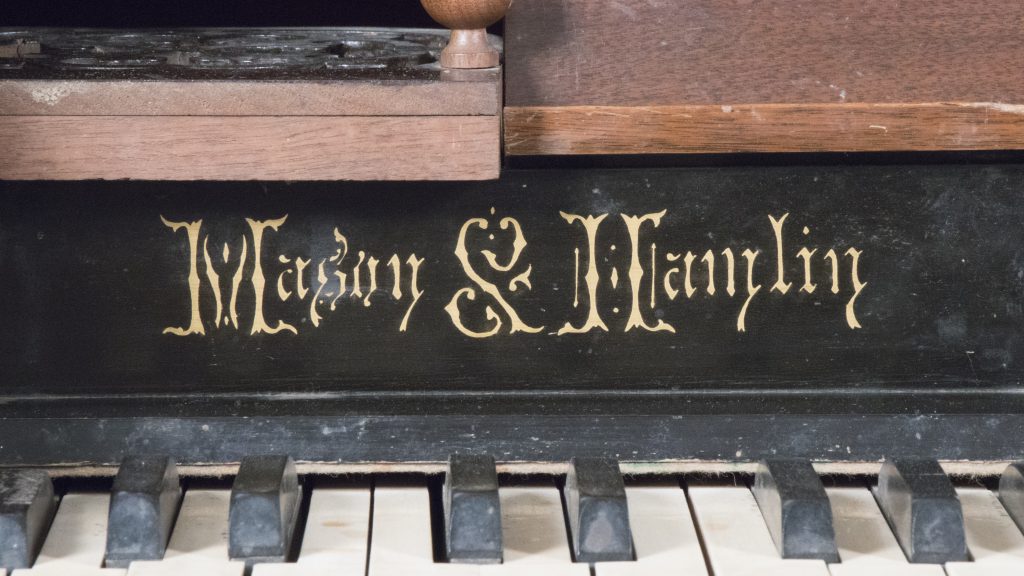
This tall pump organ was owned by William and Ann Tom; together they led the founding of the ‘Cornish Settlement’, later named Byng, near Orange. Like many Cornish migrants to the colony, the Toms were devoted Methodists and William became a lay preacher and community leader at the Cornish Settlement. Endearingly referred to as ‘Parson […]
Read More…
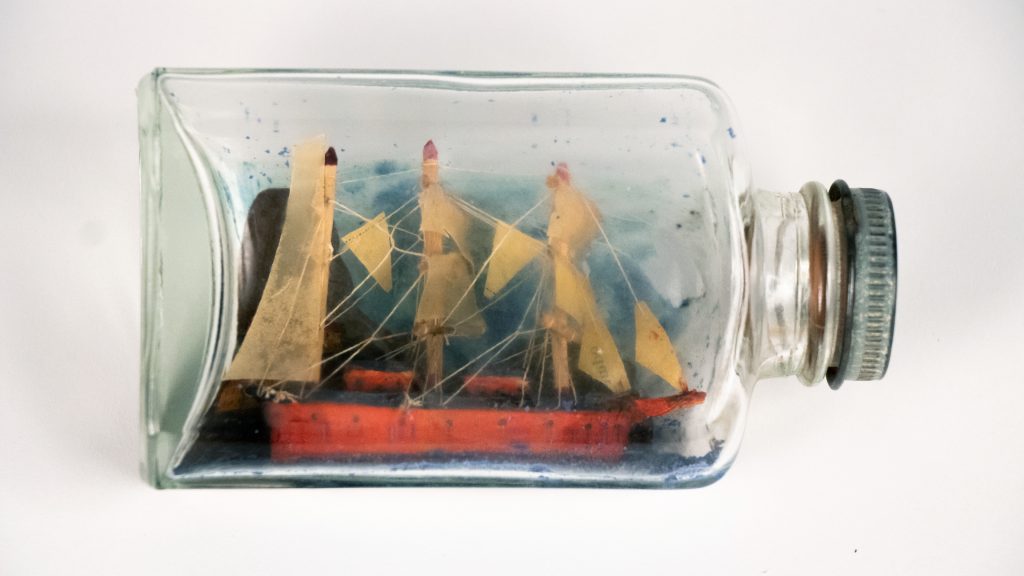
Encased in an Eno’s Fruit Salts bottle, this miniature handcrafted sailing ship was posted to ‘Miss Violett Dawes’ by Angelo Laurenza during WWII. At this time Violet lived at Canowindra and Angelo was a Prisoner of War (POW) at the Cowra internment camp. It is not clear why the young POW gave the bottle to […]
Read More…
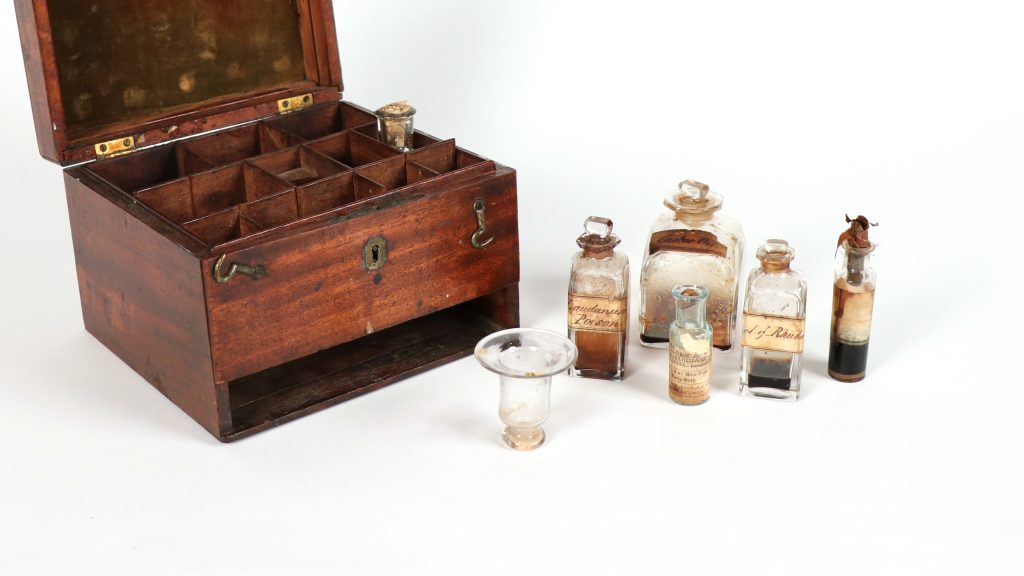
Kept inside this mid-nineteenth century cedar-chest are original medicine bottles with their glass and cork stoppers, and a glass ‘dropper’. The bottle contents include castor oil, tincture of rhubarb and the opioid labelled ‘Laudanum Poison’. These medicines were used to treat a range of common ailments such as colic, toothache, and headache in this era. […]
Read More…
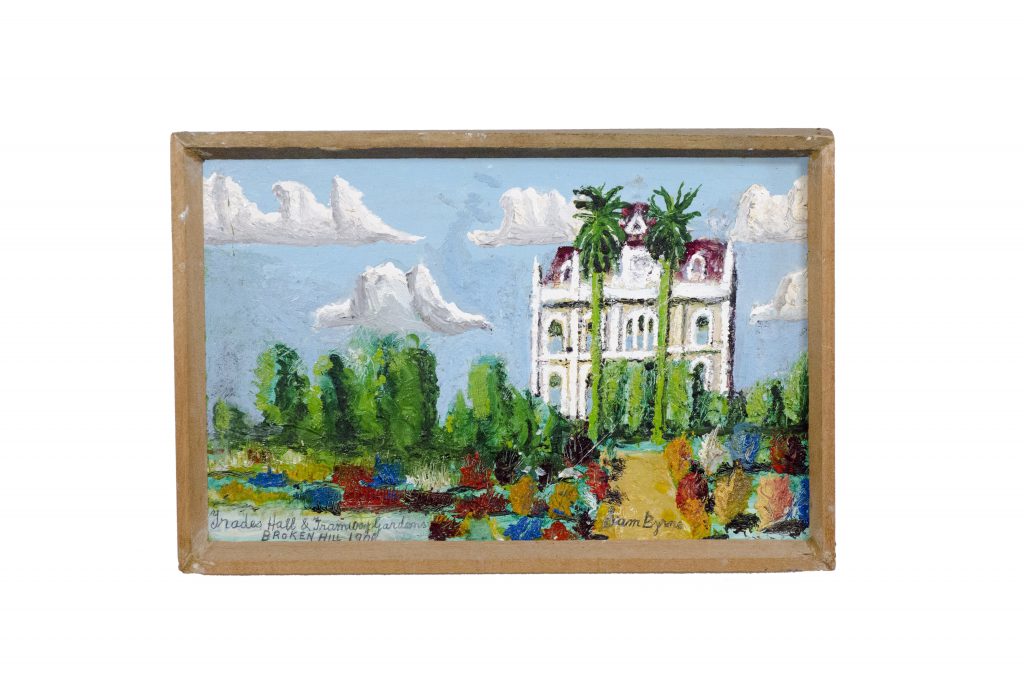
After retiring from mining Sam Byrne went on to become one of Australia’s most renowned folk artists. Born in 1883 in South Australia, Sam and his brothers were brought up in Broken Hill by his aunt, Emily Tapsell, following their parents’ death. A late bloomer, Sam worked for more than fifty years as a miner […]
Read More…
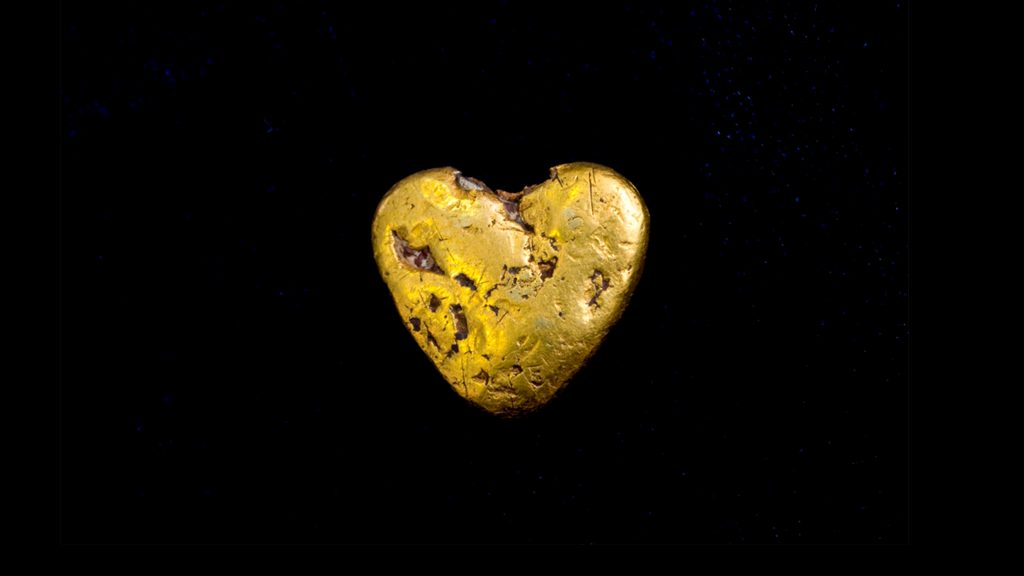
This enchanting heart-shaped gold nugget has little monetary value today but its unearthing at Ophir, near Orange, in April 1851 spurred gold fever far and wide. It became the first payable gold in Australia and commenced the nation’s historic gold rush era. The gold rush transformed many aspects of life in the Central West, and […]
Read More…











